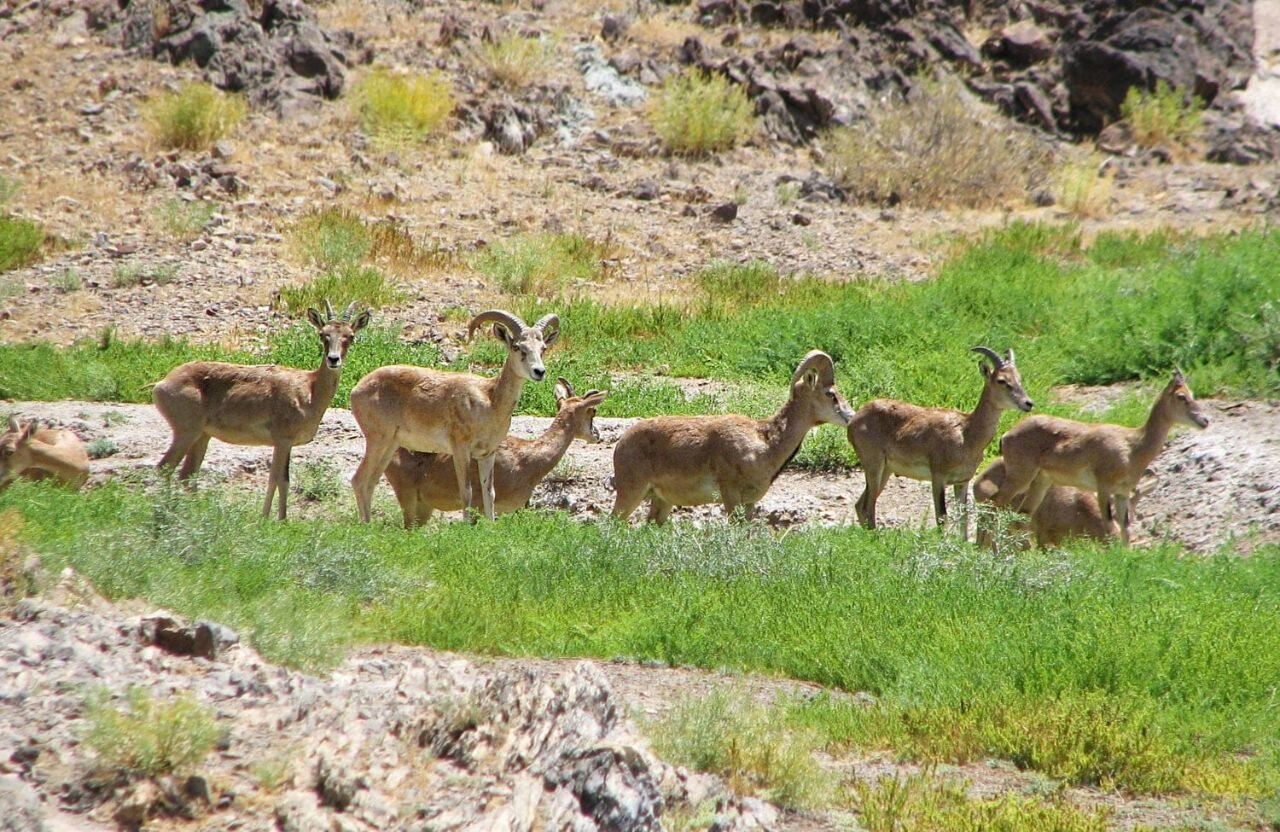DOE sets up ad hoc committees to preserve endangered species

TEHRAN - The Department of Environment has formed four ad hoc committees for the preservation of imperiled animal species.
"Various specialized committees are formed for animal conservation, including aquatic animals, bear, great bustard, and cheetah,” Gholamreza Abdali, the Director General of the Bureau of Wildlife Protection and Management of the Department of Environment, said, ISNA reported.
Referring to the development of a conservation action plan for 23 species of wildlife indicators, he added, "In the last few years, protecting animal species in their original habitat has been considered as one of the main tasks of the Department of Environment."
He went on to say, "Herbivores such as native goats (Capra aegagrus), The urial (Ovis orientalis vignei), deer, birds, and some amphibians are among the important species in the census program. These animals’ preservation depends on these censuses."
Several meetings and consultations have been held with some other countries to benefit from their scientific and experimental capacities in the preservation of species such as the Asiatic cheetah, the great bustard, the leopard, and houbara bustard.
In the end, he said holding more than 10 workshops and training courses on getting to know reptiles and amphibians, leopards, aquatic animals, and existing challenges, as well as diagnosing their diseases and ways to prevent them, are among other important measures that have been taken in the past Iranian calendar year (ended March 20).
Endangered species
In December 2021, Hassan Akbari, the deputy head of the Department of Environment for natural resources and biodiversity, said there were about 1,300 species of animals in the country, 130 of which are endangered and threatened.
Asiatic cheetahs, great bustard, Siberian crane, Persian onager, and some reptiles and amphibians are among the endangered and threatened species, he said.
Significant smuggling and habitat destruction are the main threats to the species, and promoting a culture of kindness to the environment and strengthening social participation is one of the most important and effective strategies in protecting the environment, he further explained.
The availability of large quantities of weapons and ammunition to the poachers is another risk factor for wildlife populations, Akbari added.
“Four types of areas, amounting to 309, have been designated for preservation and protection, including, national parks, wildlife refuges, protected areas, and natural national monuments.
Currently, the supervised areas reached about 18.5 million hectares.
The strategy and priority of the DOE are to protect endangered species through preservation of natural habitats, but in some cases, it is necessary to pursue species reproduction in captivity or by species displacement,” he noted.
“Many articles have been published about the country's biodiversity, which is scattered and attempts are being made to compile and use these researches by creating a database.
In 2022, a newly-updated list of endangered vertebrate species showed that more than 100 vertebrate species are in danger of extinction, and over 160 species are on the list of supported and protected vertebrates.
The list was revised with the efforts of the National Museum of Natural History and Genetic Resources and the Office of Wildlife Conservation and Management, based on criteria such as threat factors, population status, limited distribution and endemicity, smuggling status, etc.
According to the International Union for Conservation of Nature (IUCN), at least 40 percent of animals, insects, and plants are at risk of extinction across the world.
Wildlife population shrinking toward extinction
The entire populations of wildlife species are shrinking and the remaining populations will go extinct in the near future unless humans change their practices.
On December 20, 2013, at its 68th session, the United Nations General Assembly (UNGA) proclaimed March 3 – the day of signature of the Convention on International Trade in Endangered Species of Wild Fauna and Flora (CITES) in 1973 – as the UN World Wildlife Day to celebrate and raise awareness of the world’s wild animals and plants.
World Wildlife Day as the most important global annual event dedicated to wildlife, is celebrated every year to draw attention to the conservation status of some of the most critically endangered species of wild fauna and flora and to drive discussions towards imagining and implementing solutions to conserve them.
According to data from the IUCN Red List of Threatened Species, over 8,400 species of wild fauna and flora are critically endangered, while close to 30,000 more are understood to be endangered or vulnerable. Based on these estimates, it is suggested that over a million species are threatened with extinction.
Continued loss of species, habitats, and ecosystems also threatens all life on Earth, including us. People everywhere rely on wildlife and biodiversity-based resources to meet all our needs, from food to fuel, medicines, housing, and clothing. Millions of people also rely on nature as the source of their livelihoods and economic opportunities.
MT/MG
Leave a Comment